How Did The First Microscope Work ?
The first microscope, known as the optical microscope, worked by using a combination of lenses to magnify small objects. It consisted of a convex objective lens and an eyepiece lens. The objective lens collected light from the specimen and formed a magnified real image. This image was then further magnified by the eyepiece lens, allowing the viewer to see a larger and more detailed image of the specimen. The microscope relied on the principles of refraction and the ability of lenses to bend light in order to achieve magnification.
1、 Optical principles of the first microscope
The first microscope, invented in the late 16th century, relied on the optical principles of magnification and resolution to enable the observation of tiny objects. The exact details of the first microscope's design are not well-documented, but it is believed to have consisted of a convex lens as the objective and a concave lens as the eyepiece.
The magnification of the first microscope was achieved through the objective lens, which collected light rays from the specimen and converged them to form a magnified image. This image was then further magnified by the eyepiece lens, allowing the observer to see the specimen in greater detail. The magnification power of these lenses was limited, typically ranging from 3x to 9x.
Resolution, the ability to distinguish fine details, was limited in the first microscopes due to the relatively low quality of the lenses and the presence of optical aberrations. These limitations meant that the microscopes could only reveal larger structures and were unable to resolve smaller features.
In recent years, researchers have revisited the design of the first microscope and have used modern techniques to gain insights into its functioning. For example, using advanced imaging techniques and computer simulations, scientists have been able to analyze the optical properties of the lenses used in early microscopes. This has provided a better understanding of the limitations and capabilities of these early instruments.
In conclusion, the first microscope worked by utilizing the optical principles of magnification and resolution. Although limited in its capabilities, it laid the foundation for the development of more advanced microscopes that have revolutionized our understanding of the microscopic world.
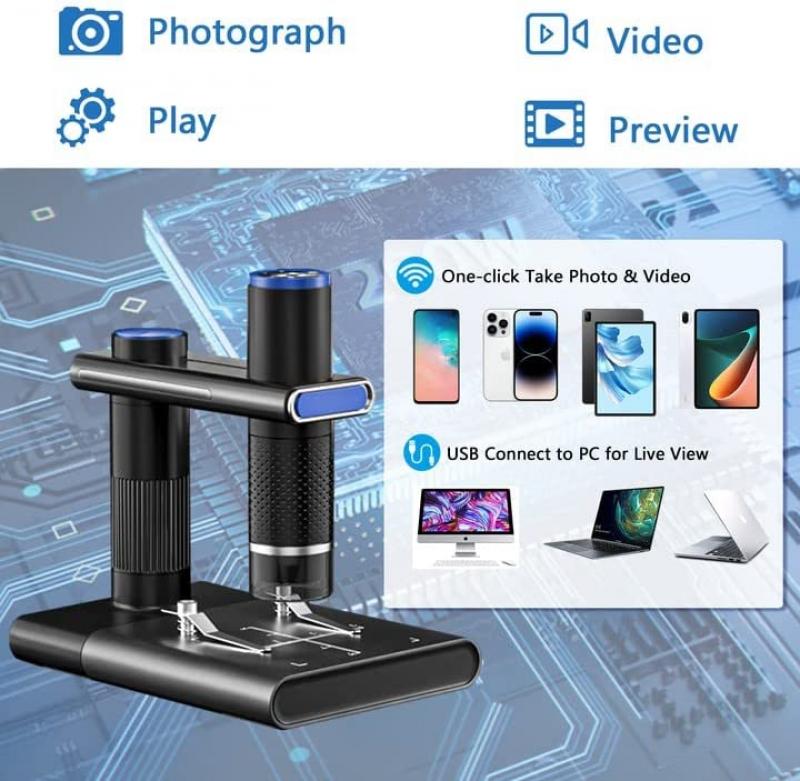
2、 Lens design and magnification in early microscopes
The first microscope, known as the simple microscope or magnifying glass, was invented in the late 16th century. It consisted of a single convex lens that was used to magnify small objects. This lens design allowed for a limited magnification, typically around 3x to 20x.
The basic principle behind the functioning of the first microscope was the bending of light rays as they passed through the convex lens. When an object was placed close to the lens, the lens would focus the light rays coming from the object and create a magnified image. The magnification power of the microscope was determined by the curvature and focal length of the lens.
However, the simple microscope had several limitations. The image produced was often distorted and had a narrow field of view. Additionally, the lens design made it difficult to achieve high magnification levels.
Over time, advancements in lens design and manufacturing techniques led to the development of compound microscopes. These microscopes utilized multiple lenses, including an objective lens and an eyepiece lens, to achieve higher magnification and better image quality. The compound microscope also introduced the use of illumination techniques, such as mirrors and later, electric lighting, to enhance visibility.
In recent years, there have been significant advancements in microscope technology. The development of electron microscopes, which use a beam of electrons instead of light, has allowed for even higher magnification and resolution. Additionally, techniques such as confocal microscopy and super-resolution microscopy have further pushed the boundaries of what can be observed at the microscopic level.
In conclusion, the first microscope worked by using a single convex lens to magnify small objects. However, advancements in lens design and the introduction of compound microscopes have greatly improved magnification and image quality. The latest advancements in microscopy technology have opened up new possibilities for scientific research and discovery.
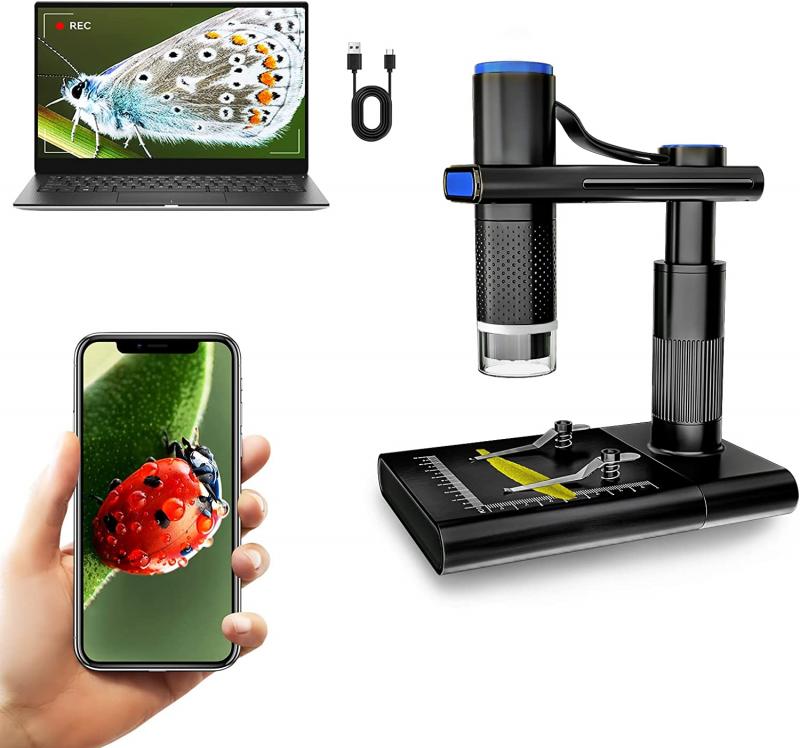
3、 Construction and components of the first microscope
The first microscope, invented in the late 16th century, marked a significant milestone in the field of science and opened up a whole new world of exploration. While the exact details of its construction may vary, the basic principles and components remain consistent.
The construction of the first microscope involved a combination of lenses and a light source. The lenses, typically made of glass, were carefully ground and polished to achieve the desired magnification. The microscope consisted of an eyepiece lens and an objective lens, which were positioned at opposite ends of a tube. The objective lens, closer to the object being observed, gathered light and formed a magnified image. This image was then further magnified by the eyepiece lens, allowing the viewer to see the object in greater detail.
The light source, often a candle or oil lamp, was positioned to illuminate the object being observed. The light passed through the lenses and interacted with the object, creating an enlarged image that could be viewed through the eyepiece.
It is important to note that the first microscopes had limited magnification capabilities, typically ranging from 3x to 9x. However, they provided scientists with a revolutionary tool for studying the microscopic world.
In recent years, advancements in technology have allowed for the development of more sophisticated microscopes, such as electron microscopes and scanning probe microscopes. These modern instruments utilize different principles and components, such as electron beams and atomic force probes, to achieve much higher magnification and resolution. Nonetheless, the basic principles of the first microscope laid the foundation for these advancements and continue to be fundamental in the field of microscopy.

4、 Limitations and capabilities of the initial microscope models
The first microscope, invented in the late 16th century, was a simple optical device that used a single convex lens to magnify small objects. This early microscope, known as the "simple microscope" or "magnifying glass," worked by bending light rays as they passed through the lens, thus enlarging the image of the object being observed.
The limitations of these initial microscope models were quite significant. The magnification power was relatively low, typically around 3x to 9x, which restricted the level of detail that could be observed. Additionally, the image quality was often poor, with significant distortion and blurring. The field of view was also limited, making it difficult to observe larger specimens.
Despite these limitations, the initial microscopes played a crucial role in advancing scientific knowledge. They allowed scientists to observe and study small organisms, such as bacteria and protozoa, for the first time. This led to groundbreaking discoveries in the field of microbiology and laid the foundation for our understanding of the microscopic world.
Over the centuries, advancements in microscope technology have addressed many of these limitations. The introduction of compound microscopes, which use multiple lenses to achieve higher magnification, greatly improved image quality and allowed for more detailed observations. The development of more sophisticated lenses and illumination techniques further enhanced the capabilities of microscopes.
Today, modern microscopes can achieve magnifications of up to 2000x or more, with exceptional image clarity and resolution. They are equipped with various imaging techniques, such as phase contrast, fluorescence, and electron microscopy, which enable scientists to study a wide range of specimens, from cells and tissues to nanoparticles.
In conclusion, while the initial microscope models had limitations in terms of magnification power, image quality, and field of view, they laid the foundation for the development of more advanced microscopes. The continuous advancements in microscope technology have revolutionized scientific research and allowed us to explore the intricate details of the microscopic world.












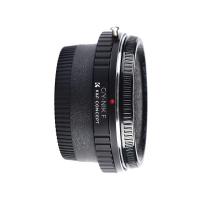











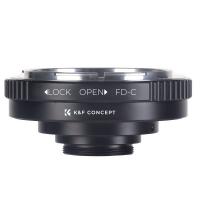


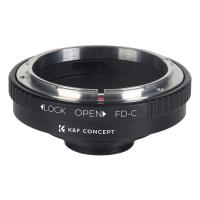


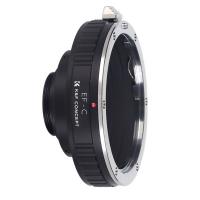

There are no comments for this blog.